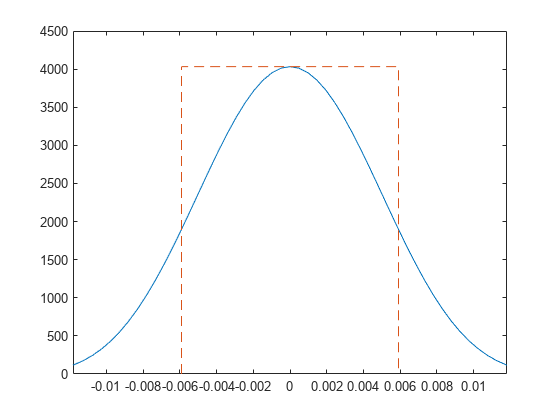enbw
Equivalent noise bandwidth
Description
Examples
Input Arguments
Output Arguments
More About
References
[1] harris, fredric j. “On the Use of Windows for Harmonic Analysis with the Discrete Fourier Transform.” Proceedings of the IEEE®. Vol. 66, January 1978, pp. 51–83.
Extended Capabilities
Version History
Introduced in R2013a

